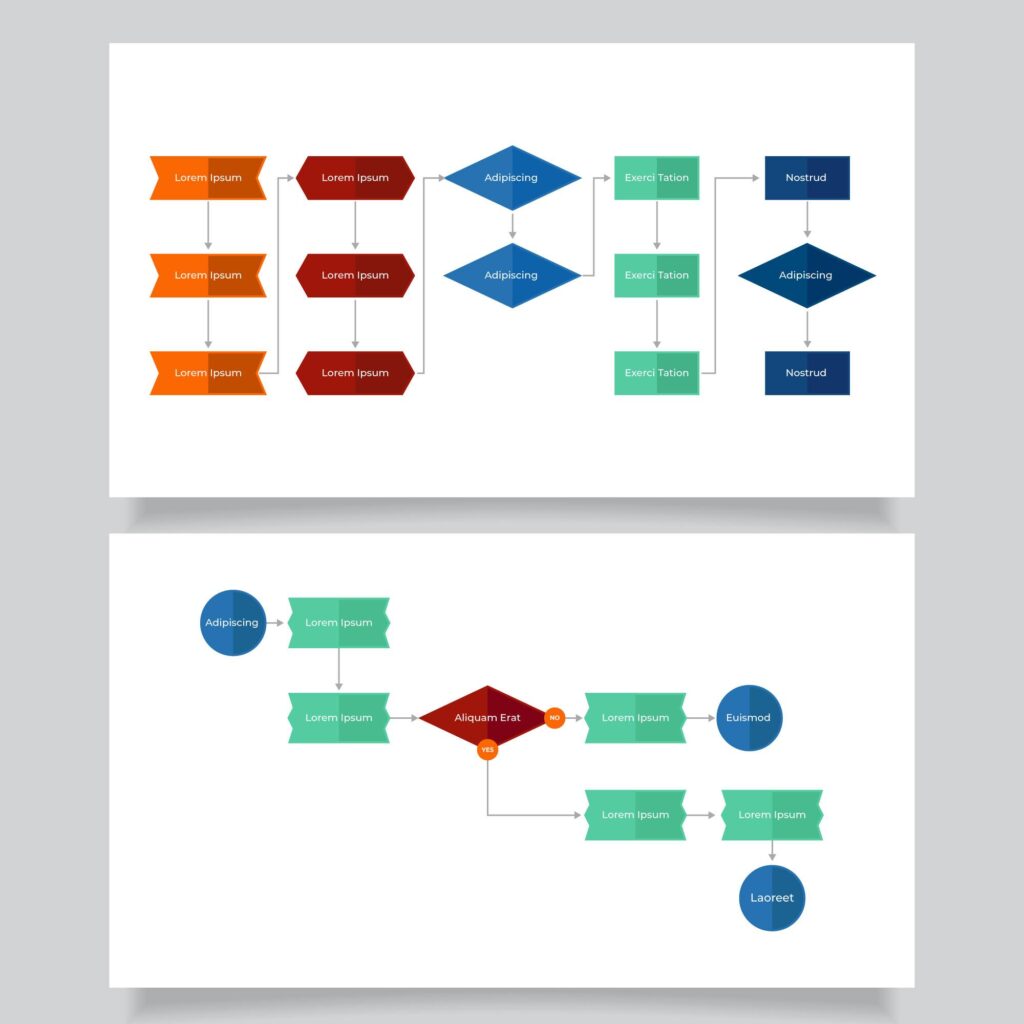If you’ve ever embarked on the journey of containerization with Docker compose ports, you’ll know that managing the interactions between your containerized applications and the outside world is an essential aspect. This is the area where port mapping comes into work. Docker Compose, a powerful tool for defining and running multi-container Docker applications, offers an elegant solution for handling port mappings effectively. In this article, we’re going to explore the best practices for Docker Compose ports mapping and provide you with some practical examples to solidify your understanding.
Table of Contents
Why Port Mapping Matters
Before diving into the intricacies of port mapping in Docker Compose, let’s establish why it matters. Imagine you have a web application running inside a Docker container that you want to access from your host machine or expose to the public internet. Port mapping enables you to bridge the gap between the internal network of the container and the external network, allowing seamless communication between them.
The Basics of Docker Compose Ports Mapping
Docker Compose ports mapping is all about establishing a connection between ports inside your Docker containers and ports on your host machine. This connection is bidirectional, meaning data can flow both ways. The syntax is fairly straightforward: you define the port you want to expose on the host machine followed by a colon and the port within the container. For example, if you want to expose a web server running on port 80 inside the container to port 8080 on the host, you’d use the syntax 8080:80.
Best Practices for Effective Port Mapping
When it comes to port mapping in Docker Compose, following best practices can save you from future headaches. Here are some key tips:
1. Use Explicit Ports for Better Clarity
While Docker automatically assigns ports if not explicitly defined, it’s a good practice to specify the ports yourself. This not only provides better clarity but also makes it easier for other team members to understand your configuration.
2. Avoid Using Well-Known Ports
Well-known ports (those under 1024) are often reserved for system services. It’s generally a good idea to avoid using them for your applications to prevent conflicts with existing services.

3. Utilize Environment Variables for Flexibility
Sometimes, you might need to change the port your application uses without modifying the Docker Compose file. Using environment variables for port numbers allows you to achieve this flexibility without altering the configuration.
4. Document Your Port Mapping Choices
In a collaborative development environment, proper documentation is key. Alongside your Docker Compose file, make sure to document the purpose of each port mapping so that everyone working on the project understands its role.
Mapping Ports for Different Use Cases
Let’s explore various scenarios where Docker Compose ports mapping shines:
Mapping a Port for Web Applications
Suppose you’re running a web application within a container and want to access it from your host machine’s browser. By mapping the container’s port (e.g., 80) to a port on your host (e.g., 8080), you can effortlessly access the application at http://localhost:8080.
Mapping Ports for Database Connections
If your application relies on a database, you’ll likely need to map the database’s port to the host. This allows your application to communicate with the database, facilitating seamless data exchange.
Mapping Ports for Inter-Container Communication
In a microservices architecture, different services often need to communicate with each other. Port mapping lets you set up communication channels between containers, enabling efficient data sharing.
Debugging and Troubleshooting Port Mapping
Despite your best efforts, issues might arise with your port mapping setup. Here’s how to troubleshoot:
Checking Running Containers and Ports
Use the docker ps command to see the running containers and their associated ports. This helps ensure your containers are up and running as intended.
Checking Firewall and Security Groups
Firewalls or security groups might block the communication between your containers and the host. Make sure your firewall rules and security groups allow the required ports.
Inspecting Docker Compose Logs
Docker Compose logs provide insights into container behaviors. If a container fails to start due to port conflicts or other issues, the logs will give you valuable information for debugging.
Real-world Examples of Docker Compose Ports Mapping
Let’s dive into some practical examples to illustrate how Docker Compose ports mapping works:
WordPress with MySQL: A Classic Example
Suppose you want to set up a WordPress website with a MySQL database. By mapping the MySQL container’s port (e.g., 3306) to a port on your host, WordPress can communicate with the MySQL database seamlessly.
Microservices Architecture with Multiple Port Mappings
In a microservices architecture, you might have various services communicating with each other. By mapping the required ports, you enable smooth interaction between different services, ensuring the entire system functions harmoniously.
Security Considerations
While port mapping offers convenience, it’s essential to consider security implications:
Using Host Network Mode Cautiously
Using the host’s network mode allows containers to share the host’s network stack. While this can improve performance, it reduces isolation and can introduce security risks.
Implementing SSL/TLS with Port Mapping
If you’re exposing services to the public internet, consider implementing SSL/TLS encryption. This protects sensitive data and ensures secure communication.
Scaling Applications with Port Mapping
As your application grows, you might need to scale it by running multiple instances. Load balancing becomes crucial, and port mapping plays a role here:
Load Balancing Across Containers
By mapping the same port for multiple containers and using a load balancer, you distribute incoming traffic evenly across instances, ensuring efficient resource utilization.
Managing Ports in Swarm Mode
In Docker Swarm, which orchestrates multiple Docker containers, port mapping works similarly. Docker Swarm manages the port assignments, making scaling and load balancing easier.
Conclusion
Docker Compose ports mapping empowers you to create well-connected containerized environments, enabling your applications to communicate seamlessly with the outside world. By following best practices, you ensure clarity, flexibility, and security in your port mapping configurations. With real-world examples and troubleshooting tips, you’re now equipped to navigate the intricate landscape of Docker Compose ports mapping confidently.
FAQs
1. What is Docker Compose? Docker Compose is a tool for defining and running multi-container Docker applications. It simplifies the process of managing interconnected containers.
2. How does port mapping work in Docker Compose? Port mapping establishes a connection between a port inside a Docker container and a port on the host machine, facilitating communication.
3. Can I use the same port for multiple containers? No, each port on the host machine can only be mapped to one container’s port. Using the same port for multiple containers would lead to conflicts.
4. Is Docker Compose suitable for production environments? While Docker Compose is great for development and testing, for production setups, consider more advanced orchestration tools like Kubernetes.
5. Where can I learn more about Docker and containerization? To dive deeper into Docker and containerization concepts, explore the official Docker documentation and reputable online resources.
